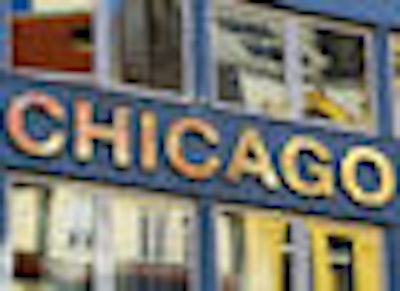
CHICAGO - Two new impression materials work better than competing products in the wet environment of the human mouth, their maker claimed in a press conference Friday at the Chicago Dental Society Midwinter Meeting.
Kettenbach, a German company, held the conference to launch Panasil initial contact to the U.S. market. Panasil, which is made of vinyl polysiloxane (VPS), is more hydrophilic than competing products made of both VPS and polyether, spokespersons said.
Earlier this month the company launched a new polyether product for the European market, Identium, which it claims is more hydrophilic still.
Hydrophilicity -- the tendency of a material to attract water -- is important because droplets of water, blood, and other liquids in the mouth can come between the impression material and the surface of the tooth, making the impression less accurate.
"What happens when the impression material comes in contact with the wet environment?" asked Alexander Bublewitz, Ph.D., the inventor of Panasil initial contact. "The really important thing is that Panasil initial contact has a synergistic surfactant system."
Competing VPS impression materials also use surfactants to break water tension, he said, but it takes longer for the surfactants in these materials to reach the surface. During that time, the impression material has started to set, so it may be too late to prevent the malformation caused by liquids.
Bublewitz's colleague Enrico Faccio presented data from company studies showing that Panasil had a higher hydrophilicity than competing products. Hydrophilicity is measured by putting a droplet of water on the material to be measured, then determining the angle where the edge of the drop meets the material.
Three seconds after contact, Panasil had a contact angle of less than 10°, according to Faccio. By comparison, most other products have a contact angle of greater than 40°, he said. For example, Impregum Penta (3M ESPE), a polyether product, has a contact angle of 65° after 3 seconds, he noted.
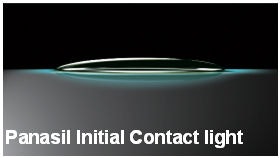 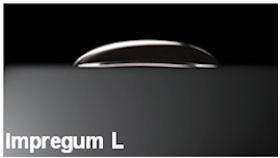 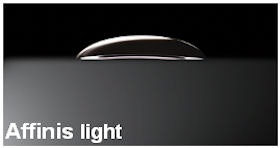  |
| The flatter the profile of these droplets, the greater their hydrophilicity of the impression material. Images courtesy of Kettenbach. |
Asked to comment, 3M ESPE representative Karen Sullivan questioned whether 3 seconds was the right duration to use in comparing products. "Upon immediate contact, polyether is more hydrophilic," she said. But she acknowledged she has not yet tested Panasil immediate contact.
In fact, Faccio's showed a chart comparing Panasil immediate contact to several competing products, including Impregum Garant L DuoSoft. The chart starts at 0.25 seconds and shows the contact angle for both Impregum and Panasil at about 60°. That number corresponds closely to one for Impregum Soft LB provided in a 3M ESPE brochure.
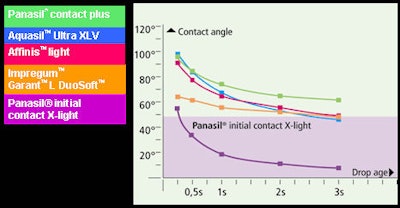 |
| This chart compares contact angles, a measurement of hydrophilicity, for Panasil to competing impression materials. Chart courtesy of Kettenbach. |
However, Faccio did not provide a contact angle measurement at 0 seconds -- the most important measurement according to Sullivan.
In other key measurements, such as tear resistance and flowability, Panasil is comparable to its competitors, Faccio said.
Panasil initial contact is available in four different formulations: regular, regular fast, light, light fast, extra-light, and extra-light fast. Its consistency ranges from 37 mm to 44 mm.
Working time at 74° F is 1 minute and intraoral setting time is 2 minutes for the fast formulations, compared to 1.5 minutes working time and 2.5 minutes setting time for the standard formulations.
Panasil initial contact can be used in a one- or two-step putty-wash technique, a one- or two-step technique using a foil (plastic putty spacer), a one-step technique using dual viscosities, reline impressions, or fabricating either full or partial dentures. Clinical cases include single crowns, bridges, implants, removable prostheses, inlays and onlays, and combined prostheses.
The Kettenbach representatives declined to release any specifications for Identium because the company will not release this material in the U.S. market before fall 2009. The formulations of impression materials used in Europe are different from those in the U.S., and the company has not yet developed formulations.
Copyright © 2009 DrBicuspid.com



















